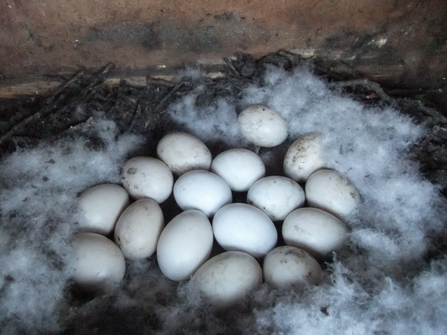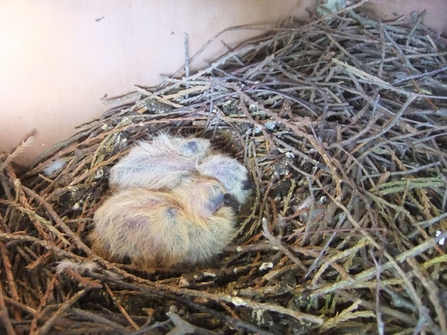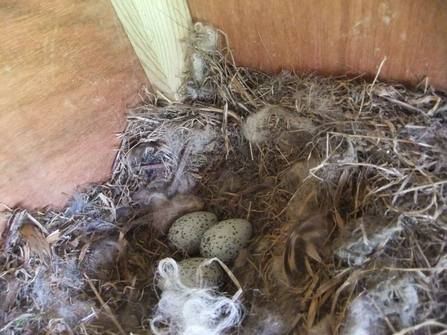
As one by one a suitable site is chosen, and the boxes are erected, then a plan to monitor and check their progress needs to be drawn up. There is no hard and fast promise that a barn owl will be the first to notice the new ‘des res’ and pop inside to roost.
However, the importance of the availability of roosting and nesting sites to barn owls, to promote their success in an area, is paramount to our project.
The Wildlife and Countryside Act 1981 provides protection for Barn Owls, and most other wild bird species in England. The eggs and nests of most bird species are also protected.
Because Barn Owls are included in Schedule 1 of the Wildlife and Countryside Act 1981, under Part 1 Section 21(1) the penalty for an offence involving a Barn Owl, its nest, or egg, includes a fine of up to £5,000, or up to six months imprisonment, or both, per bird, nest or egg.

